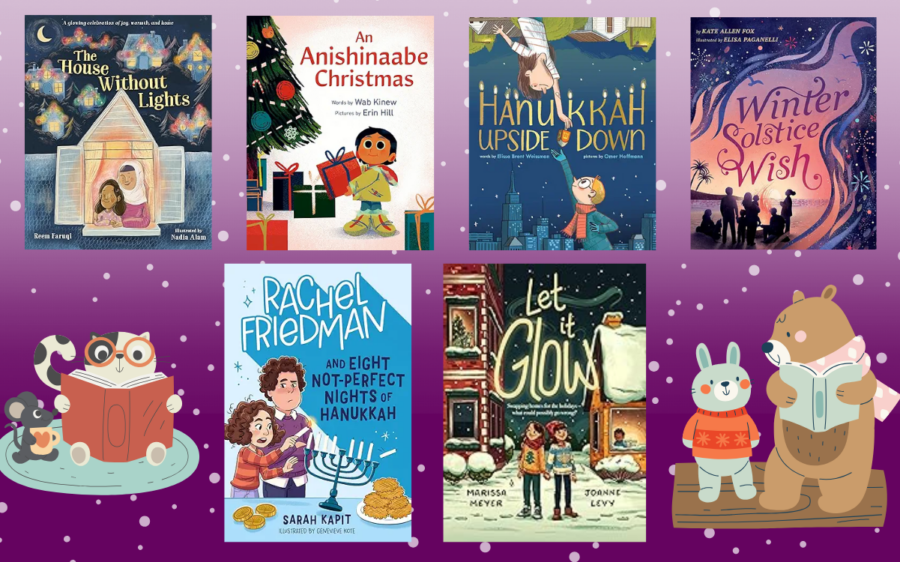Imagine a classroom where every student is excited to pick up a book and read independently. Extensive research highlights the significant benefits of independent reading, including improved literacy skills, greater empathy, and a lifelong love of reading. When students choose their own books, they read for various purposes, including enjoyment, which fosters a deeper connection to reading. Our goal as teachers is to nurture successful lifelong readers, not just readers within the confines of the classroom.
Here are three ways to support your students’ productive and effective independent reading in the classroom.
Organize a Well-Stocked, Diverse Library
- A well-organized, diverse library is essential for students to easily find books they will enjoy. A wide variety of authors, topics, genres and range of difficulty facilitates this selection. The classroom library must be diverse so students can identify with and see themselves in the books. Organizing books in baskets by topic, genre, and author with covers facing out not only helps students find books efficiently, it also makes the library visually appealing, and invites students to explore. Rotating books throughout the year can also keep the selection fresh and exciting.
Spark Interest with Book Talks
2. Book talks are short commercials about the books in the classroom library. By providing just enough information to make the book enticing, you can offer more insight than a back cover blurb. Highlighting unusual structures, key characters, or intriguing plot lines can engage your readers. Your students can record these recommendations in their notebooks for future reference, making it easier for them to select their next book.
Confer Around Book Choices
3. Students need the opportunity to choose their books to read during independent reading so they can select books that interest them. Choosing a book can be challenging for students who find reading difficult, so strong support from you is crucial. Knowing what your student enjoys is key—if you’re unsure, ask them during an initial conference. Discuss favorite topics, genres, characters, books, and authors to gather information about their preferences. Use this knowledge to curate a stack of books that features their favorite elements. In a follow-up conference, discuss the group of books and why they might enjoy them. Students then choose one or two books to try, and you can check back to ensure they are engaged and enjoying their selection.
Implementing these practices – organizing a diverse library, conducting engaging book talks, and conferring about book choice- creates a supportive and dynamic independent reading environment. Independent reading allows students to apply all they know about being a reader to an engaging, self-selected book. A thriving independent reading practice in your classroom requires attention to your students’ book choices. This effort is worthwhile when all your students are motivated, engaged readers. Independent reading is the engine driving readers’ enjoyment and fostering an important life skill.
Are you interested in optimizing the impact of independent reading in your classroom?
Register now for the Summer Literacy Institute, Intervening in the Classroom: Reaching All Learners Through Comprehension and Knowledge Building, July 15-18.





